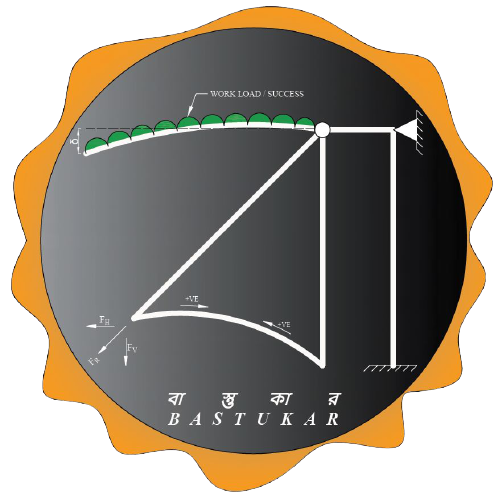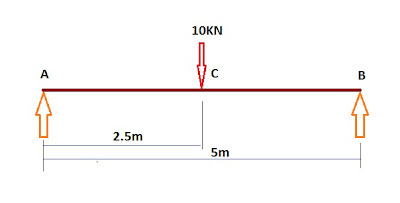
GPS For Surveying In Civil Engineering And Its Application
What is GPS?
The Term GPS stands for Global Positioning System. The GPS is used to locate a location with the help of Latitude and Departure. with the help of GPS it’s possible to locate a point very precisely. GPS consist Of two main ends, the one is the Locating Sattelites and the other is the Receiver. Most of the people now a days are familier with GPS due to the huge use of Smart Phones.
The Global Positioning System was first evoled for the Defence of Countries, and it’s controlled from the California. It was used for locating various places which are important from the Defence point of view. Later on it was opened for public use. But the Same GPS System with more Powerful receivers it can be used in the Civil Engineering Field.
How GPS Works ?
A point is located with the 18 satellites which are orbiting around the Earth, 22,000 km above the surface of the Earth, these satellites are orbiting in 6 orbits, that means having 3 satellites in each orbit. And has a the capability to rotate a single time around Earth in 11 hours and 58 minutes. To locate a point two satellite is required, the more number of satellites are in use the more precision can be obtained.
Application Of GPS In Civil Engineering
Most of the Companies uses manual procedure of Surveying (i.e. Leveling, Contouring, Compass Surveying) to Prepare Contour Maps, Longitudinal Section Of Roads, Alignment of Roads, Bridges etc. But many Broad Companies in India and abroad uses GPS to locate different points, preparing Contour maps, giving Alignments of Roads, Bridges where the p[precision is very essential or it may ruin the whole project for a simple error in surveying, on those places the survey work can be done with the help of Global Positioning System.
Advantages
- It helps to survey with many times greater Precision.
- It helps to complete a Survey with lesser time and thus helps to cut down the Completion Period.
- It Reduces the Difficulty of taking manual measurements to great extent.
- With GPS there is a very less chances of error. And this error may come only due to the Instrument malfunction.
Disadvantages
- The main Disadvantage is that, it requires high initial investments.
- To conduct such High End Survey works and to operate such Electronic Equipments much skilled persons are required.










